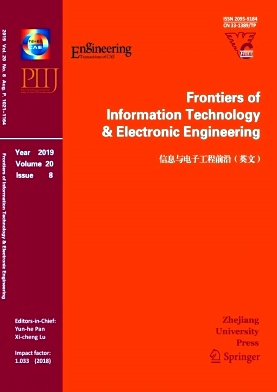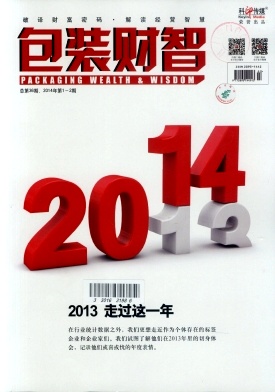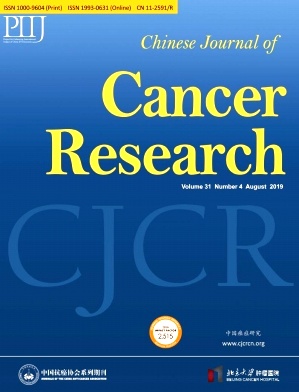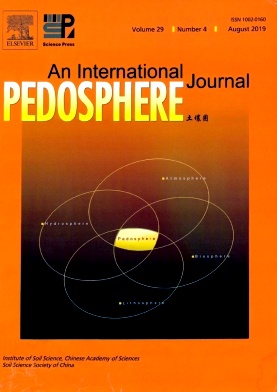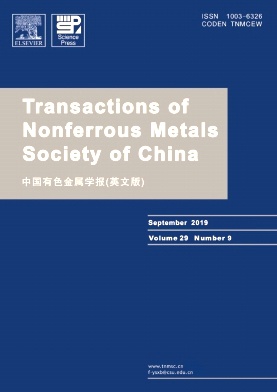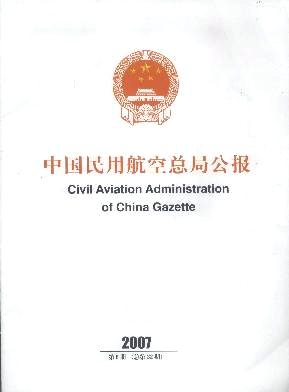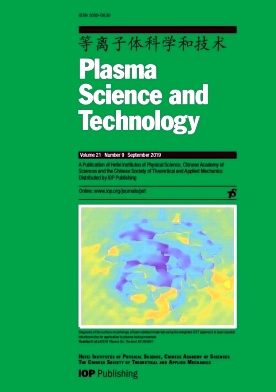Journal of Zhejiang University-Science A审稿
1-3个月
Journal of Zhejiang University-Science A投稿须知
I. Paper Format Requirements TOP
1. Figures
Format At the revision stage, authors who have created their files using a drawing or painting program such as Visio, Origin, Excel, AutoCAD, Coreldraw should provide the original files that can be edited. Authors who have created their files using a drawing or painting program should export the files to TIFF, EPS, PSD, RAW, etc. format. Matlab figures are expected to be exported to EMF or EPS format. The figure’s magnification should be expressed by scale bars.
Resolution For manuscripts in the revision stage, adequate figure resolution is essential to a high-quality print and online rendering of your paper. Raster line art should carry an absolute minimum resolution of 600 dots per inch (dpi).
Line width The line width should generally be no less than 0.25 pt, and in our journal, the common line width is 0.5/0.75 pt. Please note that the actual line width changes with the scale of the figure. In different software, we recommend the line width: Visio: — 03; Origin: — 1.5; Matlab: — 1.5 pt, etc.
Figures must be numbered consecutively with Arabic numerals, and each figure must be placed in the text following the paragraph in which it is first mentioned. A caption giving the figure number and a brief description must be included. The caption should be understandable without reference to the text. Figures should be cited in the text using the following format: Fig. 1, Fig. 1a, Figs. 1 and 2, Figs. 1–3, or Figs. 1a–1c.
There will be an extra charge for those graphics considered for publication in color. Authors are expected to use different line types to distinguish the different parts of a figure that they do not want to have published in color.
2. Tables
Tables should be set up in Word and should usually contain three horizontal lines. Do not use vertical lines. Each table must have a brief title that describes its contents. The title should be understandable without reference to the text. Details such as explanatory material, specific entries, and definitions of non-standard abbreviations should be put in table footnotes, not in the title. In setting up tables, authors should keep in mind the area of the Journal’s page (16.4 cm×22.8 cm) and the column width (8.0 cm) and should make tables conform to the limitations of these dimensions.
All tables must be mentioned in the text in consecutive order and must be numbered with Arabic numbers. Tables should be cited in the text using the following format: Table 1, Tables 1 and 2, or Tables 1–3.
3. Variables and formulae
Variables, regardless of the context (formula, figure or table), should be in Italics (e.g., x1); if a variable represents a vector or a matrix, it should be in Italics & bold (e.g., x1). Numerals and operators should never be italicized unless they are components of a variable.
Authors are encouraged to import symbols and simple equations using normal text and fonts, e.g., “α” (not “” in MathType), “−” (not “-“) for a minus.
For complex formulae, use a formula editor (e.g., MathType) and define the sizes as follows:
Full: 10.5 pt;
Subscript/Superscript: 58%;
Sub-subscript/Superscript: 42%;
Symbol: 150%;
Sub-symbol: 100%.
4. Units
Units should be metric and follow SI convention:
M→mol/L, rpm→r/min, etc.
Some units such as ppb, ppm, Å, wt%, mol% are not SI ones and need to change into SI format:
ppm→10−6, Å→0.1 nm, etc.
Short forms:
30 minutes→30 min, 2 hours→2 h, 10 days→10 d, etc.
Put a space between a numeral and its unit of measure (exceptions: no space between a number and the percent “%?”, degree “°”, angular minute “′” or angular second “″”).
5.Text Citation
The basic form of the author-date in the text consists of the author’s last (family) name. a comma, and the year of publication of the work.
Examples of text citations:
One author: (Vandermeer, 1990)
Two authors: (Sun and Wang, 2000; Cao and Xu, 2001)
Three or more authors: (Moons et al., 1997; Schlag et al., 2000a; 2000b)
6. Reference List (for accepted papers)
The reference list provides complete information of the author-date citation in English and lists in alphabetical order of authors’ surnames. For references with more than three authors, the first three names should be given, followed by et al. The references mentioned in the text should accord with the reference list. For a reference published other than in English, the language used should be noted at the end of the reference list, e.g., (in Chinese). The publisher and place of publication should be given for a book or proceedings.
免责声明
①本页面非期刊官网,不以期刊名义对外征稿,仅展示期刊信息当做参考资料.如果您要投稿、要查稿,请移步至期刊官网.
②如果您是期刊负责人且不想本平台展示期刊信息,可联系在线人员予以删除.
③如果需要期刊学术咨询服务可以联系学术顾问:服务详情在线咨询
